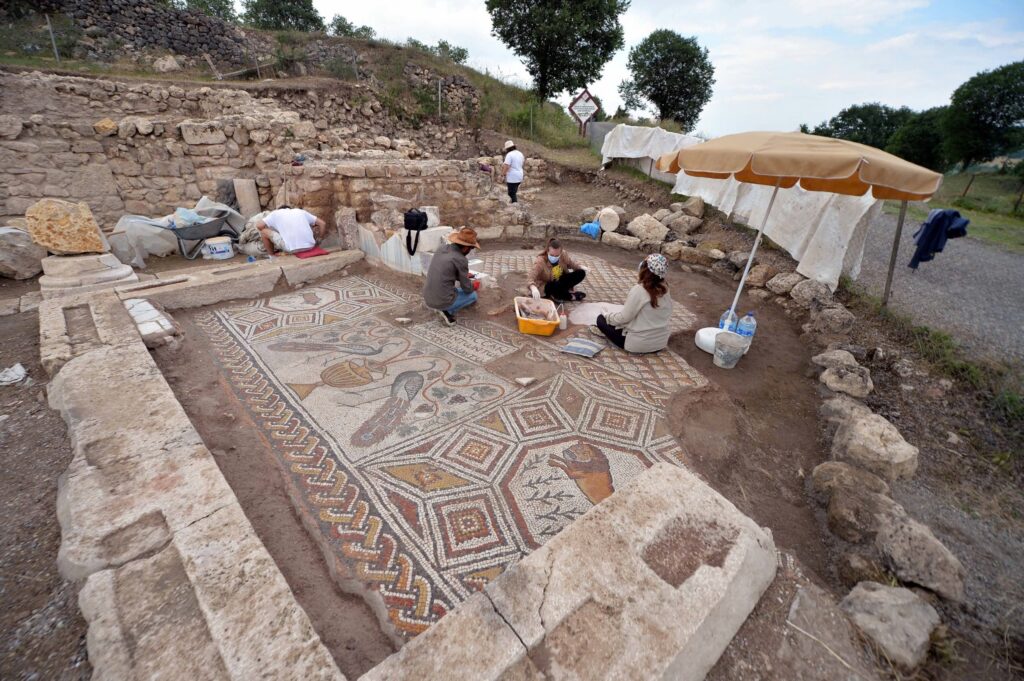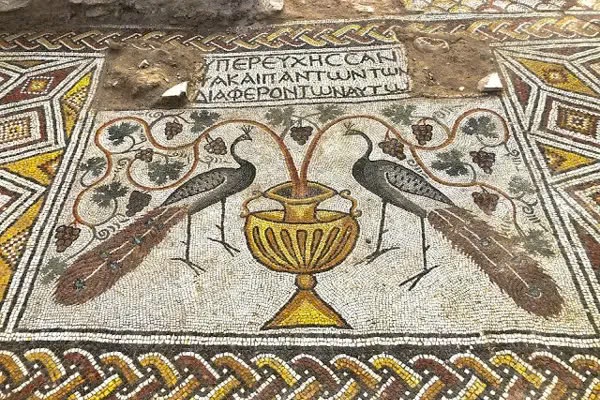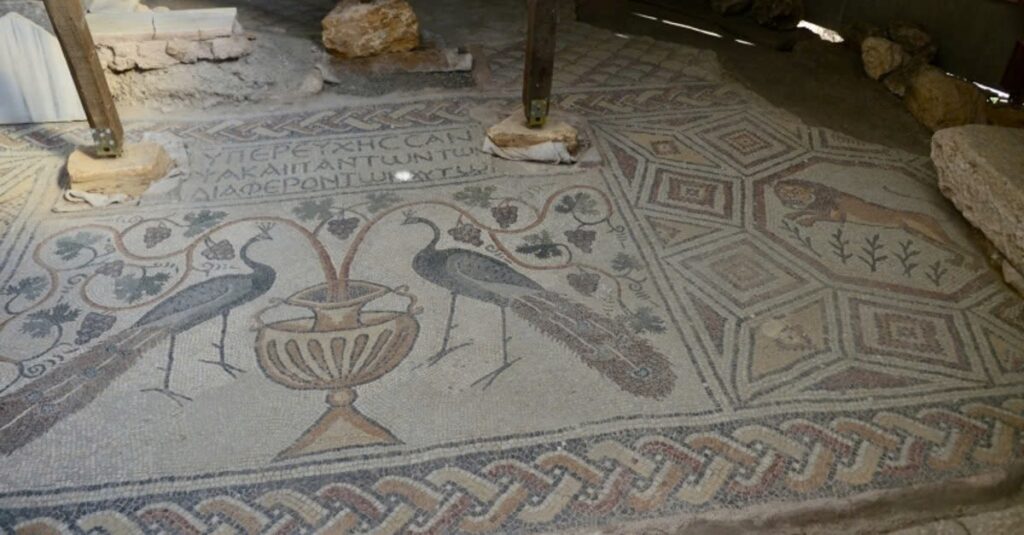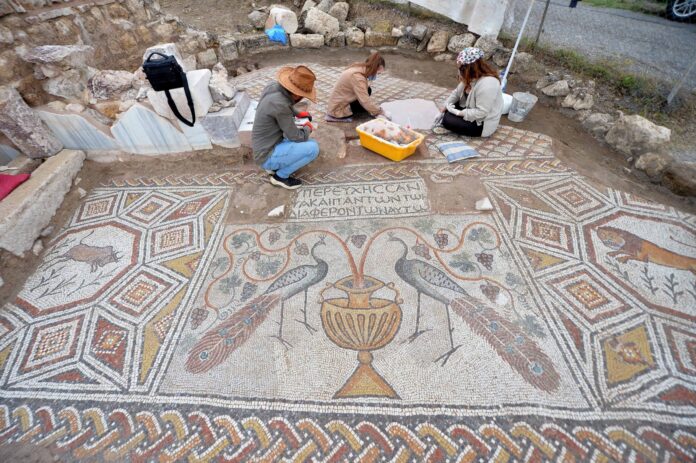Discoveries in Hadrianopolis

Recent excavations in the ancient city of Hadrianopolis, known as the “Zeugma of the Black Sea,” have unveiled stunning new mosaics featuring a variety of figures. Located in the Eskipazar district of Karabuk province in northern Turkey, this ancient site is renowned for its intricate mosaics depicting animals such as horses, elephants, panthers, deer, and griffons.
A Glimpse into History

Founded in the 1st century B.C. and inhabited until the 8th century A.D., Hadrianopolis has been a focal point for archaeological research since excavations began in 2003. The site is not only rich in artistic heritage but also reveals its historical significance as a place for health care, evidenced by an inscription dedicated to Asklepios, the god of medicine. Additionally, an iron mask belonging to a Roman soldier suggests its military past.
Ongoing Excavations

Sinan Ekici, an official from the excavation team, shared insights with Anadolu Agency about the continuous work at the site. “We are currently uncovering the walls of a Roman castle, with a new structure inside that we began excavating this year. The mosaics indicate that it was a beautiful building,” he explained.

The newly discovered mosaics adorn various parts of a square-planned building, showcasing intricate designs that include bird and amphora figures, as well as grape basket decorations. Ekici expressed optimism about future discoveries, stating, “It is only a matter of time before new mosaics are uncovered. Once we take the necessary precautions, we plan to open the mosaics for tourism.”
Expanding Knowledge

To date, archaeological surveys have revealed 14 public buildings and structures within Hadrianopolis, including two baths, two churches, a defense structure, rock tombs, a theater, and various monumental buildings. Each find contributes to our understanding of this fascinating ancient city and its rich cultural history.

